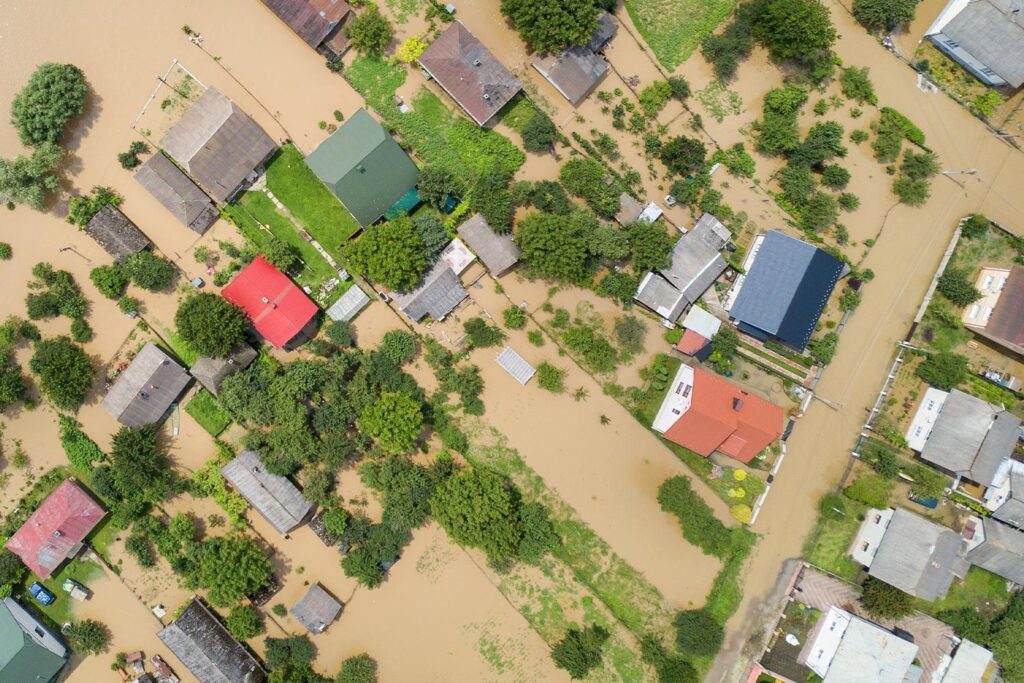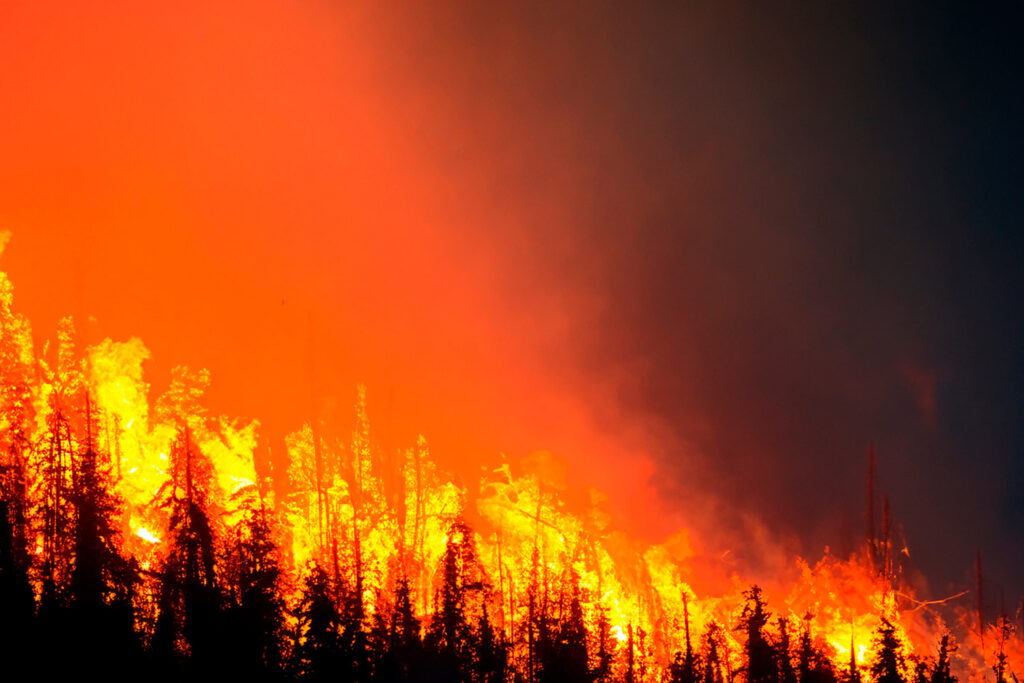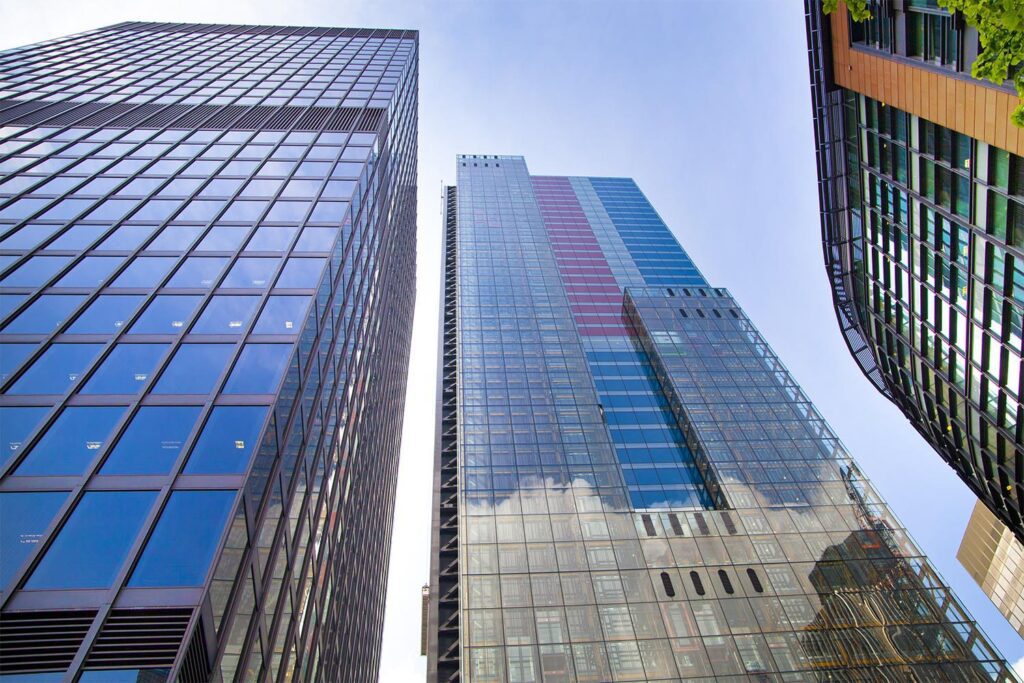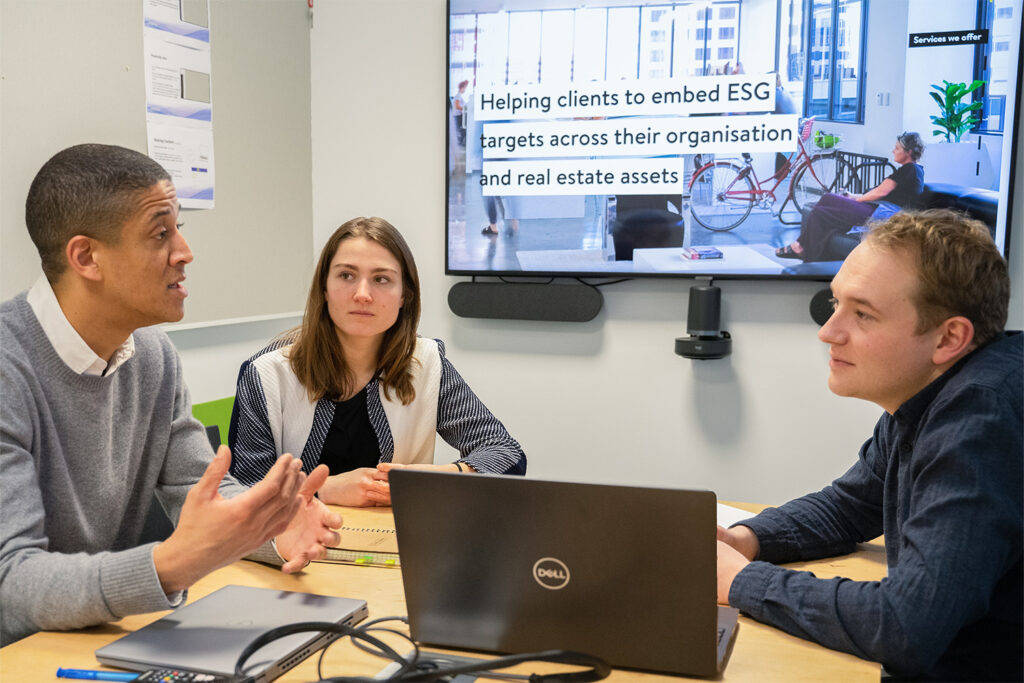Climate resilience and corporate risk
The climate crisis is no longer an opaque phenomenon. Here, we consider the risks inherent within the climate crisis and how the concept of climate resilience is key when it comes to addressing those risks within the built environment.
There is a litany of effects on us all when it comes to the climate crisis. Some are very visible, such as extreme weather events, rising temperatures (alarming records continue to be broken) and increasing food insecurity.
Others perhaps receive less attention, such as the economic impacts. These can include aspects like lost productivity and threats to livelihood. In the built environment, a primary concern is the potential of damage to property and infrastructure How can we acknowledge, understand and prioritise these physical risks and offer solutions in our work?
Climate resilience
Climate resilience is central to how we can cope with the way our world is changing. It means the capacity to anticipate, withstand and cope with the shocks and impacts caused by the climate crisis to social and economic systems.
Within the built environment, we have a sphere of influence that includes climate resilient urban infrastructure and development. At Buro Happold, specialist services include social and physical climate vulnerability assessments, and strategic planning for climate adaptation and resilience.

Our approach also includes understanding the financial aspect of the risks of climate change, and how we can support clients in mitigating them. Richard Twinn is associate sustainability consultant at Buro Happold, specialising in providing corporate and portfolio strategies on climate risk and net zero, and developing transition roadmaps for those in the built environment. He explained the kind of climate risks that are considered in his work.
He said, “Risks are considered in two ways: transitional and physical. Transition risks are those inherent in the transition to net zero which could include policy changes, shifting market expectations and the resilience of supply chains. Physical risks are about physical effects of climate change which can be acute, short-term things like extreme weather and associated impacts like flash floods. They can also be chronic, long-term risks like rises in temperatures and sea levels that could make certain locations less viable for some operations or activities. All of these factors need to be considered holistically.”
Because the climate emergency is clearly here, and its effects are being felt, how can a business adapt to current and future risks presented to their buildings and infrastructure?
Physical risks
The climate is getting warmer and there are going to be more extreme weather events: extreme heat, an increase in flash flooding, droughts etc. When considering the exposure businesses and organisations have to these risks, there are several questions Richard will ask.
How is your business adapting to current and future climate risks? Where is your business exposed to these risks?
Richard Twinn, associate sustainability consultant, Buro Happold
He said, “How is your business adapting to current and future climate risks? Where is your business exposed to these risks? For example, it will become increasingly likely that energy grid could be disrupted by extreme weather events. How could your business adapt to intermittent power? Are there specific facilities in your operation that will be undermined by specific extreme weather events?
“Consider your supply chain: if you have a facility that sits in an area of high flood risk and is critical to distributing goods across the country, what would you do if there was a flash flood event, and that facility was out of action? Businesses need to consider potential business continuity and financial impacts.”
The role of legislation and regulation
There are regulations and frameworks in place to encourage disclosure of risks by investors and financial institutions, and to support them in making informed decisions. The Task Force on Climate-related Financial Disclosures (TCFD) was established by the Financial Stability Board (FSB) to develop a framework for assessing and reporting the financial risks associated with the climate crisis. The TCFD recommendations have been used as the basis of mandatory climate risk reporting that is currently being phased in for UK companies.
Richard Twinn explains the relevance of the TCFD for discussions about risk, including within the built environment. He said, “Simply put, TCFD is a climate resilience reporting and disclosure process. Because TCFD is framed around money, it has made many businesses a lot more interested in climate resilience than they otherwise might be. TCFD has forced companies to look at look at specific risks and put a price on them. Large companies and financial institutions are now legally required disclose their climate risk exposure and what the impact would be on their finances and assets.”
TCFD-aligned disclosures play a key role in shaping discussions for investors, shareholders and financial providers. Understanding and ‘pricing in’ risk supports their ability to make informed decisions around the climate risk to their assets. In the built environment, this primarily means the physical risks to buildings and infrastructure.
TCFD has forced companies to look at look at specific risks and put a price on them. Large companies and financial institutions are now legally required disclose their climate risk exposure and what the impact would be on their finances and assets.
Richard Twinn, associate sustainability consultant, Buro Happold
It is important that the opportunities available in this space are recognised, as well as the challenges. While the climate emergency can feel overwhelming and alarming, this work provides chances for positive change. A key line within the TCFD’s initial report of 2017 reads: “While changes associated with a transition to a lower-carbon economy present significant risk, they also create significant opportunities for organizations focused on climate change mitigation and adaptation solutions.” Understanding and acknowledging risk, and creating mitigations and actions for dealing with them, creates opportunities for the built environment to thrive in the future.
An ESG lens
Broadly, these are considerations that fall under an Environmental, Social and Governance (ESG) lens. ESG is transformative, allowing a focus on responsible and effective corporate practices. One of its primary aims is to consider risk management, and how that can lead to long-term business success and positive outcomes.

Richard Twinn said, “The climate crisis has been the key driver in the growth in importance of ESG. At the moment in the ESG space we are seeing consolidation as to what businesses should be doing, especially around climate frameworks (such as TCFD, SBTi and Greenhouse Gas Protocol, among others).
“But other aspects of ESG are equally important, for although climate issues are a critical part of ESG, they do not cover everything. Modern slavery, human rights biodiversity and nature, labour/workforce relationships and equity all come under ESG. The climate has been a real catalyst for ESG work, and now other areas need to follow the need of climate in terms of frameworks and targets.”







